
The holiday season is a time of joy, celebration, and often, a toast or two with loved ones. Enjoying a glass of your favorite festive drink can be part of the holiday cheer. However, it’s equally important to understand how alcohol affects your body if you decide to indulge a little more than usual.
While many of us are aware of its effects on the liver, alcohol’s impact is much more extensive. We’ve gathered insights from various experts, including liver doctors, family medicine physicians, and addiction specialists, to provide you with a well-rounded view of how alcohol interacts with different parts of your body. This information can help you make informed decisions about alcohol consumption during this season, ensuring your celebrations are both enjoyable and health-conscious.
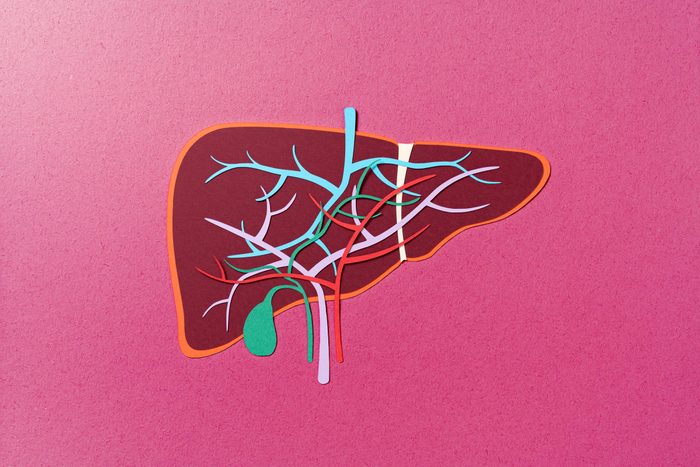
What does alcohol do to your body?
1. Here’s what alcohol does to your liver
The liver is a key player in metabolizing alcohol, and its ability to recover from damage is quite remarkable, as noted by Justin R. Boike, MD, a hepatologist from Northwestern Medicine. He warns, “The liver is an amazing organ with a tremendous ability to recover. However, you can’t live without a liver, and you can’t live with liver failure.” Despite its resilience, the liver’s ability to recover from alcohol-related damage has its limits.
Alcohol and its metabolic byproducts, particularly acetaldehyde, are notorious for causing symptoms like facial flushing, hangovers, and DNA damage, which interfere with the body’s ability to repair itself. Dr. Boike cautions about the liver’s limited capacity to process alcohol, noting that excessive drinking in a short period of time can quickly lead to a critical state he refers to as “the tipping point.”
In the short term, heavy drinking can lead to a condition called fatty liver, an early stage of liver disease that can often be reversed with abstinence. However, continued excessive drinking in a short period of time past “the tipping point” can progress to more severe conditions, like acute-alcoholic hepatitis, an inflamed liver that can be life-threatening. Symptoms of alcoholic hepatitis include jaundice (yellowing of the whites of the eyes and skin), abdominal fluid buildup (ascites), fever, and confusion.
In the long run, chronic alcohol abuse can lead to permanent liver damage and diseases such as liver cancer and cirrhosis (scarring of the liver tissue). These conditions can have severe consequences, including liver failure, which can be fatal. It’s important to understand that while the liver can recover from mild damage, repeated abuse can lead to irreversible changes, severely impacting your health and quality of life.
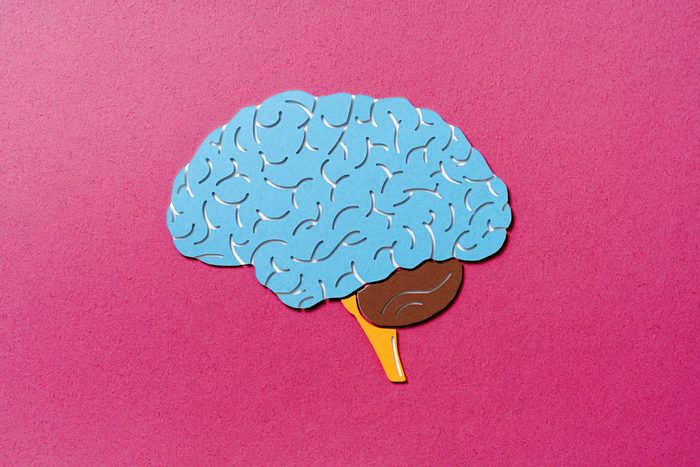
2. Here’s what alcohol does to your brain
Danica Reiser, LADC, a licensed drug and alcohol counselor, tells the Mayo Clinic how alcohol, being a neurotoxin, negatively affects the brain. It can disrupt normal brain functioning, leading to memory issues, headaches, and difficulties in speech and coordination. Chronic heavy drinking may also result in severe conditions like seizures and dementia. For pregnant women, the risks are even higher, as alcohol can cause developmental issues and congenital disabilities in the unborn child.
Reiser points out that while alcohol might initially produce feelings of relaxation and euphoria, it is fundamentally a depressant. This means that in the long run, regular heavy drinking can alter the brain’s chemistry, leading to mood swings, irritability, and even long-term depressive states. This alteration in brain chemistry can affect not only the individual’s mental health but also their personal and professional relationships.
Drinking This Much Alcohol a Week Can Negatively Affect Your Brain
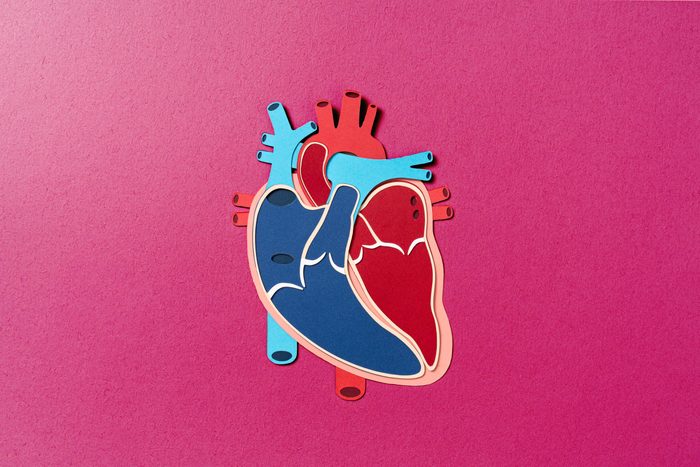
3. Here’s what alcohol does to your heart
Research has shown that moderate alcohol consumption, especially red wine, may offer some heart health benefits. This protective effect is often linked to an increase in “good” cholesterol (HDL) in the blood, which helps prevent artery damage and lowers the risk of heart disease. Additionally, alcohol can act as a blood thinner, potentially reducing the likelihood of blood clots.
However, it’s important to approach these findings with caution. The potential heart health benefits of alcohol are greatly overshadowed by the risks associated with excessive consumption. Overindulging in alcohol can lead to several heart-related issues, including high blood pressure (hypertension), elevated triglyceride levels (a type of fat in the blood), and heart muscle weakening known as cardiomyopathy, which can lead to heart failure.
Furthermore, binge drinking or heavy consumption in a short span can cause irregular heart rhythms (arrhythmias), posing a serious threat to life.
The American Heart Association points out that the link between red wine and heart health is associative, not causative. As a result, they advise against starting to drink alcohol as a means to prevent heart disease.
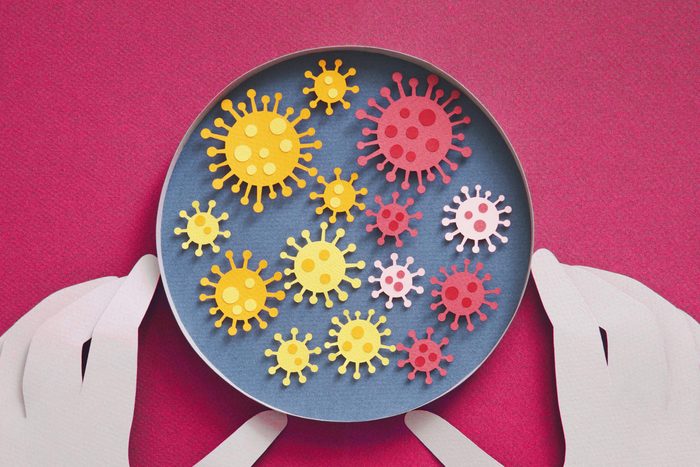
4. Here’s what alcohol does to your immune system
Mike Sevilla, MD, family medicine physician and a member of the Ohio Academy of Family Physicians highlights the long-term impact of alcohol on the immune system, making the body more susceptible to infections and diseases. A weakened immune system means you’re more likely to catch illnesses like the common cold and could be at higher risk for serious infections like COVID-19 and pneumonia. Chronic drinking can also increase the risk of various cancers, including breast, mouth, throat, liver, esophagus, and colon.
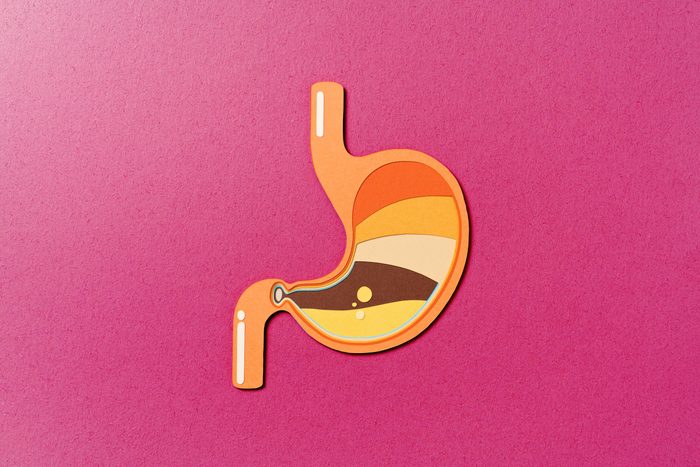
5. Here’s what alcohol does to your digestion
Alcohol can irritate the digestive system, causing symptoms like abdominal pain and bloating, explains Dr. Sevilla. It can also disrupt the gut’s microbiome—the complex community of microorganisms that play a central role in digestion, immune function, and overall health. An imbalance in these gut microbes can lead to issues like diarrhea or constipation and, over time, may contribute to more serious conditions like inflammatory bowel disease. It also affects the pancreas, which can lead to pancreatitis, a painful condition with symptoms like abdominal pain, nausea, and vomiting.

What is the recommendation for alcohol consumption?
In January 2023, the World Health Organization (WHO) made a statement that no level of alcohol consumption is considered safe. However, other health organizations, including the Centers for Disease Control and Prevention (CDC), have established guidelines to minimize the health risks associated with drinking alcohol. It’s important to note that these guidelines are intended for individuals without liver disease.
The CDC recommends women limit their alcohol intake to no more than one drink per day, totaling a maximum of seven drinks per week. For men, the recommended limit is up to two drinks per day, not exceeding fourteen drinks in a week.
If you’re concerned about your alcohol consumption or unsure about how these guidelines apply to you, it’s important to seek advice from a healthcare professional. They can provide tailored guidance to help you maintain a healthy lifestyle and direct you to relevant local resources.
For more wellness wisdom delivered to you daily, subscribe to The Healthy @Reader’s Digest newsletter and follow The Healthy on Facebook and Instagram. Keep reading:
